For many years, Mary Oliver’s poem The Journey (see sidelight) has deeply moved me. It helped me look at my life as a winding road with lots of potential turns, some T-junctions, and a plethora of potholes. I thought I’d be a college professor and never retire. Yet, once I tried contract research on sabbatical leave, that career seemed a far better fit. I fantasized about a 60-year marriage nurturing five children to grow and thrive. A son, a divorce, a new marriage, and numerous stepchildren have become a perfect family. And who’d have believed it? I love retirement and the chance it’s given me to write fiction.
As the poem suggests, there have been many “wild nights.” I’ve felt the “tugs” Mary Oliver describes urging me to preserve the status quo, and many a “new voice” counselling me to leave. The call to write stories was a stentorian declaration that pulled me out of my role in Pakistan in 2008. Designing and organizing pilot training sessions for that education project had been supremely satisfying, but the repeated implementation of the training turned into routine. It was tough to leave my staff, but I knew they were strong and competent, and the project would succeed without my presence. (And it did!)
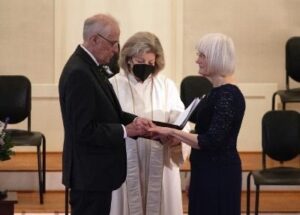
Now, with two books published and a third closing in on completion (it’s with a copy editor), I feel I’m bouncing in and out of potholes again. I took a two-month hiatus from writing to get married, which involved hours planning events that in the end were cancelled. The wedding ceremony was terrific, though with a much smaller congregation than anticipated. Then there was the joyous honeymoon in Costa Rica, happily without any bouts of Covid. And now Bob and I are moving into a retirement community, and I’m selling the house that I bought five years ago to be my “forever” home. These are definite “tugs” at my ankles, meshing both happiness and sorrow. But I have not given up writing. I’m listening to that persistent voice ordering me to finish that fourth novel I started years ago.
This short recap of my work life has several purposes: to explain why this February blog is coming out so late; to invite those of you still reading these paragraphs to contemplate your own journeys; and to say that I will—soon—be back to the writer’s life, albeit in a new setting with new relatives, neighbors, and friends. Stay tuned!
The Journey
By Mary Oliver
One day you finally knew
though the voices around you
their bad advice –
though the whole house
began to tremble
and you felt the old tug
at your ankles.
“Mend my life!”
each voice cried.
But you didn’t stop.
You knew what you had to do,
though the wind pried
with its stiff fingers
at the very foundations,
though their melancholy
was terrible.
It was already late
enough, and a wild night,
and the road full of fallen
branches and stones.
But little by little,
as you left their voices behind,
the stars began to burn
through the sheets of clouds,
and there was a new voice
which you slowly
recognized as your own,
that kept you company
as you strode deeper and deeper
into the world,
determined to do
the only thing you could do –
determined to save
the only life that you could save.
The Journey was first published by Mary Oliver in No Voyage and Other Poems, Boston: Houghton Mifflin, 1965.
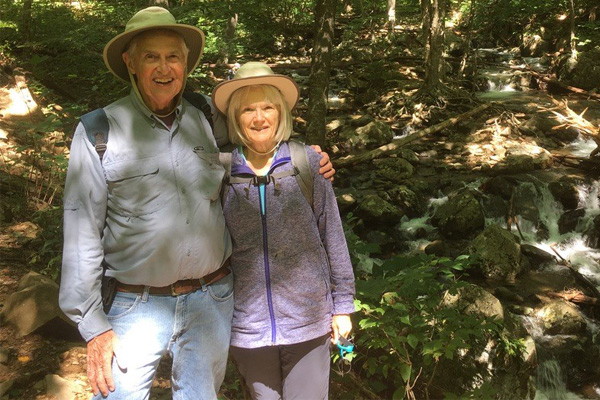 This season is an extra-special one for me, as I’m getting married December 27. I’m a little old to be entering into matrimony, but Bob Harris is the best match I’ve ever encountered. We share a host of likes (e.g., hiking, traveling, cooking, striving for a higher proficiency in a foreign language) and dislikes (e.g., being inundated by details, living in quarantine for weeks, computer programs that are not at all intuitive). Mostly, we love being together, supporting each other, and laughing at the vagaries of getting old.
This season is an extra-special one for me, as I’m getting married December 27. I’m a little old to be entering into matrimony, but Bob Harris is the best match I’ve ever encountered. We share a host of likes (e.g., hiking, traveling, cooking, striving for a higher proficiency in a foreign language) and dislikes (e.g., being inundated by details, living in quarantine for weeks, computer programs that are not at all intuitive). Mostly, we love being together, supporting each other, and laughing at the vagaries of getting old. 
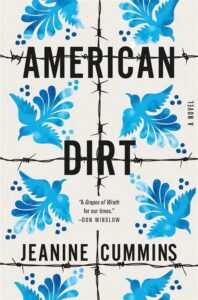
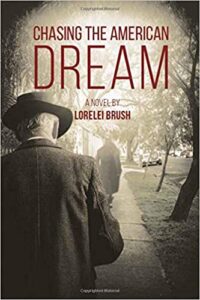


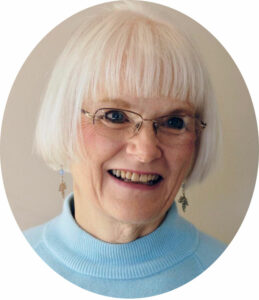 I’ve written more than 10 drafts of my in-process novel, now called Butterfly Minds. It’s been through my writer’s group multiple times, the advisory committee for my Doctor of Ministry degree, two developmental editors, and 5 beta readers. I cannot tell you how much I would like the current draft to be my last!
I’ve written more than 10 drafts of my in-process novel, now called Butterfly Minds. It’s been through my writer’s group multiple times, the advisory committee for my Doctor of Ministry degree, two developmental editors, and 5 beta readers. I cannot tell you how much I would like the current draft to be my last!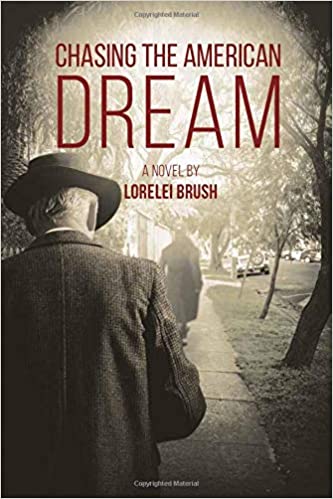
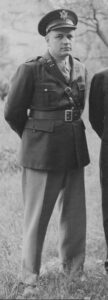 Readers often ask me where I get the idea for a book. As I suggested in my first posts, I write novels to resolve the conundrums I encounter in life. For Chasing the American Dream, the issue came from living with my angry father, whose constant irritation seemed to come from being frustrated that his American Dream had not come true. Edwin Brush, Sr., pictured at the right in 1942, died in 1972. If I wanted to figure out why he had been so angry and often lashed out at me, I was on my own.
Readers often ask me where I get the idea for a book. As I suggested in my first posts, I write novels to resolve the conundrums I encounter in life. For Chasing the American Dream, the issue came from living with my angry father, whose constant irritation seemed to come from being frustrated that his American Dream had not come true. Edwin Brush, Sr., pictured at the right in 1942, died in 1972. If I wanted to figure out why he had been so angry and often lashed out at me, I was on my own.